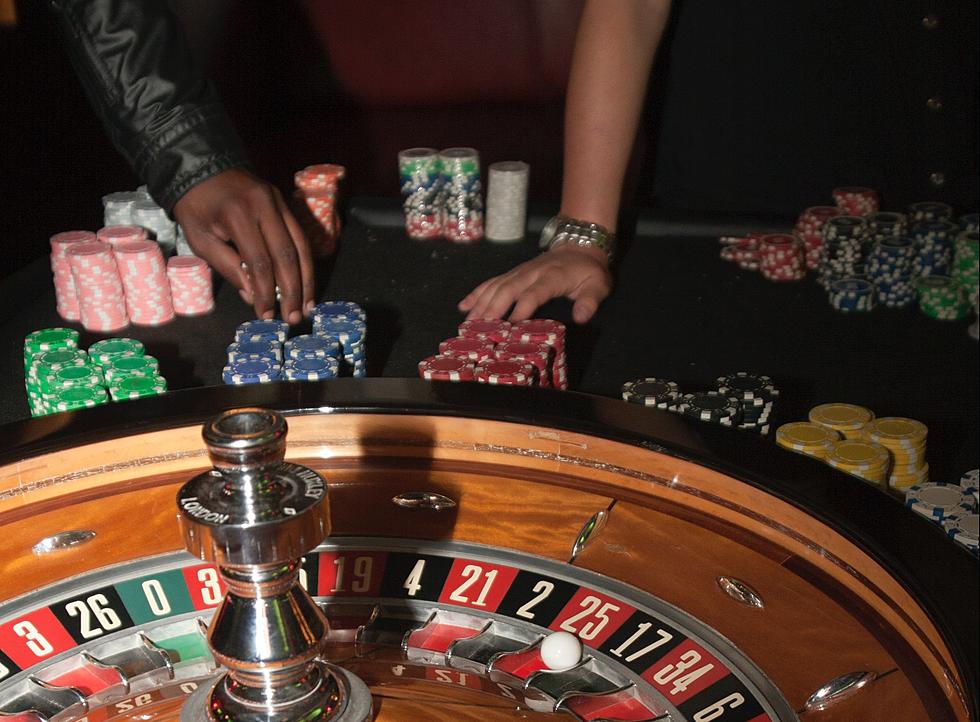
In the dynamic and thrilling world of casinos, wherein luck and tactics intertwine, color and design play a pivotal role in drawing in gamblers. From the moment players step inside a casino or log into a gaming platform, they are immersed in a visual feast that grabs their attention and lures them to discover further. Vivid colors, captivating graphics, and creative layouts are carefully crafted to create an environment of excitement and anticipation, ultimately enhancing the gaming encounter.
While players navigate through the dynamic landscape of casino games, they come across a variety of designs that not only serve aesthetic purposes but also influence emotions and decision-making. Hues like scarlet and yellow symbolize riches and luck, while calm blues and emeralds can create a much relaxed environment. Understanding how these elements function together enables casinos to create an inviting and stimulating atmosphere that encourages players to engage with the games, spend additional time at the tables, and boost their general enjoyment.
The Psychology of Color in Casino Games
Hue plays a crucial role in the design of casino games, shaping player emotions and actions. Bright and vibrant colors, such as crimson and amber, are often used to stimulate excitement and draw focus. These colors create a sense pressure and energy, encouraging participants to involve themselves more readily with the game. By thoughtfully selecting colors, developers aim to inspire feelings of joy and anticipation, which can enhance the overall game experience.
Different hues also have psychological connotations that can impact how gamblers perceive their possibilities of success. For example, emerald is frequently associated with fortune and wealth, making it a popular choice in activities like roulette and poker setups. This connection can result gamblers to feel more optimistic and confident in their gaming, ultimately encouraging them to stake more. Grasping these associations allows game developers to craft environments that enhance player satisfaction and retention.
Furthermore, the layout of casino game interfaces often employs gradients and contrasting shades to direct player actions. For example, successful results may be emphasized with vivid, contrasting shades, creating a visual incentive. This method reinforces positive outcomes and encourages repeated gameplay. By leveraging the science of color, gaming venues can create games that not only draw players but also keep them interested and invested in their gaming experience.
Design Features that Attract Players
The aesthetic appeal of casino games is largely influenced by the implementation of bold colors. Lively and striking colors are strategically chosen to create an appealing atmosphere that captures attention. For instance, reds and golden hues often signify luck and prosperity, which is why they are prevalent in the color schemes of gaming machines and game surfaces. These colors not only draw players in, but they also stir emotions associated with thrill and anticipation, enhancing the overall gaming experience.
In addition to color, the aesthetic and organization of casino games play a crucial role in captivating players. Games are designed to be user-friendly, ensuring that players can easily understand the rules and gameplay. User-friendly interfaces, along with engaging graphics and motion, help maintain player interest and promote extended play sessions. The tactile elements, such as the texture of the buttons and the sounds of the games, also contribute to a holistic sensory experience that keeps players immersed. https://ga179.design/
In conclusion, thematic elements in gaming design can greatly influence gaming decisions. Many gambling games are inspired by media, fairy tales, or exploration motifs, incorporating symbols and characters that connect with players. These themes create a sense of immersion and relatability, making each game feel unique. When players feel a connection to the concept, they are more likely to opt for that game over others, leading to higher participation and enthusiasm within the gambling environment.
Case Studies: Successful Gambling Slot Designs
One prime example of effective casino game design is the acclaimed slot machine series themed around hit movies. Games such as those based on the The Wizard of Oz and Game of Thrones utilize dynamic colors and top-notch graphics to enthrall players in well-known narratives. The use of lively visuals and captivating sound effects grabs the interest of players, building an psychological connection to the theme. This tactic not just promotes longer play but also enhances the overall gaming experience, leading to increased player retention.
Another notable case is the use of the psychology of color in table games like 21 and roulette. Casinos often create these games with dark reds and greens, colors traditionally associated with luck and wealth. For instance, the green felt on a blackjack table provides a relaxing effect, while the crimson accents in the wheel invite thrill. This intentional use of color helps to foster an inviting atmosphere that motivates players to join in, satisfying their psychological impulses and increasing their enjoyment.
Finally, social casino games that include social features and vivid, colorful designs have achieved remarkable success in engaging players. Games like Zynga’s Poker and Slot-O-Mania leverage vivid colors and playful animations to create an inviting online environment. The integration of leaderboards, community sharing options, and in-app rewards promotes competition and community, attracting players in for longer sessions. Such designs not just make the games visually enticing but also emphasize social interaction, a key factor in player retention and engagement within online casino environments.